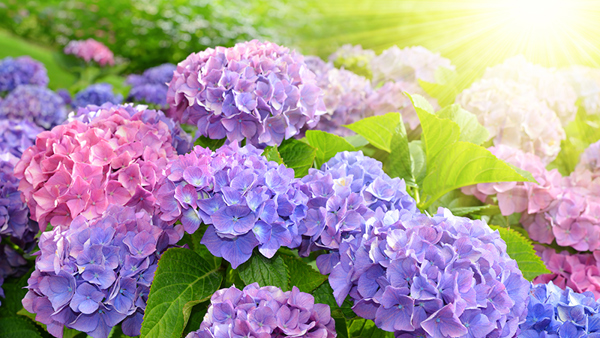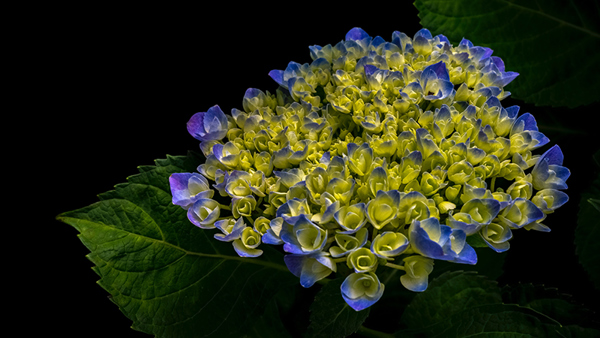Yates Account
Join now
Create a Yates account today!
Sign up to join the Yates Garden Club for monthly e-mails packed with seasonal inspiration, tips for success & exclusive promotions.
Plus if you’re a Garden Club member you can take part in the Yates Growing Community - a blog to share successes, get advice & win prizes in fun challenges along the way!

Forgot password
Enter the email address associated with your account, and we'll email you a new password.

How to grow Hydrangeas in a garden
- Choose a part shade position with well drained soil. Morning sun is best for warmer and drier regions.
- Enrich the soil with Yates Dynamic Lifter Organic Plant Food. If the soil is clay based, add gypsum and fork in well.
- Dig the planting hole twice as wide and to the same depth as the root-ball. Remove the plant from the container and gently tease the roots.
- Position in hole and backfill, gently firming down. Form a raised ring around the plant, creating a well so that water will go where it’s needed most. Water in well.
- Mulch with an organic mulch like woodchip or pea straw, keeping it away from the base of the plant.
- Water deeply, once or twice a week, depending on weather conditions.
- During the growing and flowering season feed with Yates Thrive Rose & Flower Granular Plant Food. TIP: for an added boost apply Yates Thrive Roses & Flowers Liquid Plant Food.


How to grow Hydrangeas in a pot
- Choose a pot at least 350-500mm wide.
- Position in part shade and fill with quality potting mix, such as Yates Premium Potting Mix. Morning sun is best for warmer and drier regions. If possible, move plant to a cool, shady and protected position during hot, windy or dry conditions.
- Remove the plant from the container and gently tease the roots.
- Position in hole and backfill, gently firming down. Water in well.
- Water deeply, once or twice a week, depending on weather conditions.
- During the growing and flowering season, apply Yates Thrive Roses & Flowers Liquid Plant Food. Throughout the year apply Yates Thrive Fish Blood & Bone Plant Food Concentrate.
Growing tips
- Use a good organic mulch at the base of the plant to stop it from drying out.
- Some hydrangeas have the peculiar characteristic of changing their flower colour according to the acidity or alkalinity of the soil. Soil pH test kits are easy to use and are readily available at garden centres, nurseries and hardware store.
Pink flowers are produced in alkaline soils (pH 7 - 8.5). If the soil pH is less than 7, increase the soil pH (making it more basic/alkaline) by applying Yates Hydrangea Pinking Liquid Lime & Dolomite.
Blue flowers are produced in acidic soils (pH 4.5 - 5.5). If the soil pH is greater than 5.5, lower the soil pH (making it more acidic) by applying Yates Hydrangea Blueing Liquid Aluminium Sulphate.
Purple flowers are produced in slightly acidic to mostly neutral soils (pH 5.5 - 7). If the soil pH is less than 5.5, increase the soil pH (making it more basic/alkaline) by applying Yates Hydrangea Pinking Liquid Lime & Dolomite. If the soil pH is greater than 7, lower the soil pH (making it more acidic) by applying Yates Hydrangea Blueing Liquid Aluminium Sulphate.
- Pruning can occur any time after flowering is over, although some leave it until mid winter. Ensure that you don’t prune any stems of the Hydrangea that have not produced any flower buds as these will provide you with flowers for next season.
- Hardwood tip cuttings taken in winter will propagate easily, allowing you to share favourite plants with friends. To improve propagation success try Yates Clonex Root Gel - Hard Wood Red.
- Avoid planting in areas that attract afternoon sun as it will most likely burn the leaves of the plants.
- Great as a cut flower to use in floral displays indoors or in weddings or events.
















Share
Share this article on social media